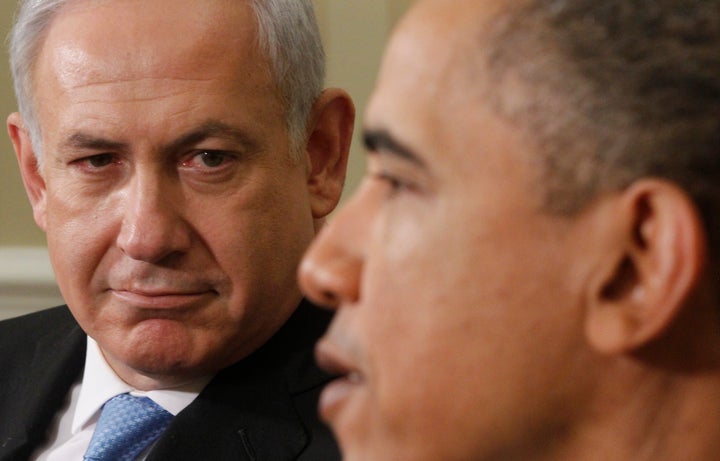
A hundred years ago the field of medicine underwent a major crisis in the U.S. Until then, many physicians happily plied their trade paying little or no attention to the latest developments in science. Physicians had attended medical schools, collected their degrees and developed their skills with patients, and frankly didn't want to be bothered with whatever fads emerged from university laboratories.
Then in 1910, the Carnegie Foundation released the Flexner Report, which, among other shocks, exposed the vast drift between science and practice in medicine. The Report triggered a scandal in the field and led to profound changes in the education and licensing of physicians. Even today, it is estimated that only 20 to 25 percent of medical practices are evidence-based; that is, based on strong research which supports the effectiveness of the treatment. In the past several years, there have been similar rumblings in such areas as teaching, psychology, organizational consulting and peacemaking. A surge in activity and investment around negotiation, mediation, and other conflict resolution practices in the United States have brought the efficacy of these practices under increasing scrutiny. However, an evaluation of the 18 university-based, Hewlett Foundation-funded conflict resolution theory centers found that the work of most practitioners surveyed had been largely unaffected by the important contributions generated by the Centers (new theory, tactics, publications, etc.).
At the same time, much of the research conducted at these Centers was found to be "removed from practice realities and constraints." Many practitioners of conflict resolution dismissed the contributions of theorists and researchers, particularly when the research challenged their own opinions or methods. At the same time, scholars often failed to utilize the expertise of highly skilled practitioners in their development of theory, and research designs often failed to take into account what practitioners and policy makers wanted or needed to know.
This means that too few of the theoretical models employed in the field today are sufficiently informed by the practical realities of conflict, and that current practices used in the field have been insufficiently informed by new research coming out of the lab -- research which could help determine if the practices actually do what we think they do on the ground and which could help explore how to make them most effective.
Direct experience is not enough. Virtually any method of resolution may prove effective in addressing one or two situations of conflict. But we often do not know why. It might be because they are sound methods, because the particular method happened to work well with a particular type of conflict, because the intervener was particularly skillful or artful, or because of random luck. This gap between the science and practice of conflict resolution presents a dangerous challenge to the field of peacemaking today, particularly when it involves the high-stakes world of our most deadly, enduring conflicts.
So it is critical that peacemakers be trained in methods that have been proven to work to address the current state of the conflict, increase the probabilities for constructive relations between the parties in the future, and decrease the probabilities for destructive future encounters.
The Five Percent: Finding Solutions to Seemingly Impossible Conflicts, written by Professor Peter T. Coleman, Director of Columbia University's International Center for Cooperation and Conflict Resolution, presents one such approach. It offers the first systematic, integrated, evidence-based model for understanding our most difficult conflicts, and offers a coherent set of principles and practices for resolving them. Combining research from complexity science and the social sciences, it offers an optimistic but realistic view of contemporary peacemaking.
Peter T. Coleman, PhD is a social-organizational psychologist on faculty at Columbia University's Teachers College and The Earth Institute, and author of The Five Percent: Finding Solutions to Seemingly Impossible Conflicts. See: http://www.fivepercentbook.com/?p=1
